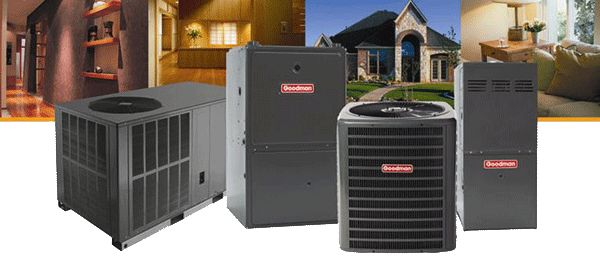Freon – Chlorofluorocarbon By Any Other Name
Freon is a trade name for chlorofluorocarbon (CFC) used as a refrigerant. Prior to 1929, methyl chloride, sulfur dioxide and ammonia were major components of refrigeration. However, these gaseous substances were toxic to humans. In particular, methyl chloride leaks from refrigerators proved fatal to those exposed to this gas.
Changes In The Use Of Freon
Mandated by US Environmental Protection Agency (EPA) compliance regulations, scientists endeavored to research and develop safer refrigerants. With time, scientists created freon, which was non-toxic, for refrigeration and industrial uses. Unlike CFCs in early refrigerants, freon contained fluorine, carbon, hydrogen and chlorine. Yet, freon was targeted as a major cause of depletion of ozone. This was the point at which freon began to evolve and change. Today, there are several classes of freon: CFCs are derived from methane and ethane. HFCs (Hydrofluorocarbons) are derived from butane, propane, methane and ethane. HCFCs (hydrofluorocarbons) are derived from ethane and methane. Bromohydrofluorocarbons are derived from methane and ethane with bromine added to the compound.

Phasing Out CFCs
By 1994, certain CFCs were phased out by various treaties and by the Integrated Pollution Prevention Control IPPC). In 2007, the countries in the international community agreed to increase the elimination of CFCs and continue research to develop alternatives for refrigerants. The most recent changes that took place are the result of research and development of CFC-113 or Freon 113 which has been released for use by the EPA with certain regulatory restrictions given its low toxicity to humans and the environment in short, interim levels.
The Upcoming Changes For Freon Use In The United States
The phasing out of the use of freon has been gradual since the year 2000. However, it’s the goal of the EPA to increase the percentage of this phase out. In 2010, the phase out was 75% in the production and manufacture of freon. By 2015, 90% of manufactured freon is to be phased out. By 2030, all manufacture of freon will be halted entirely according to Section 608 of the Clean Air Act.
How Will These Changes In Freon Use Affect US Refrigeration?
Inevitably, changes that occur in freon use will initiate continued research and development into less compromising refrigerant compounds. Some of these might include innovations that conform to the EPA’s desire to completely halt depletion of the ozone layer. The search for untapped sources of coolants for residential, industrial and commercial purposes may link with alternative energy resources like wind, solar and hydro power. As changes in alternative energy occur, it will also affect refrigerants. Such changes could initiate the production of coolants and refrigerants that are completely recyclable and without harm to the environment.
Peter Wendt is no stranger to the summer heat of Texas. Wendt has been a writer and researcher in the Central Texas city of Austin for several years. He recommends Autumn HVAC if you need an Austin AC repair man.

